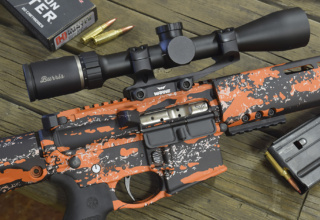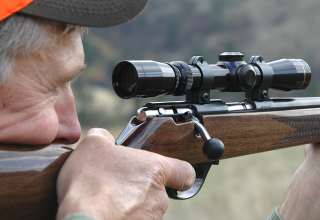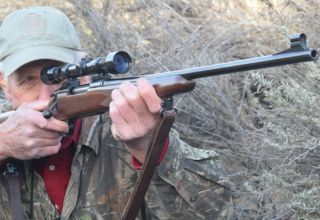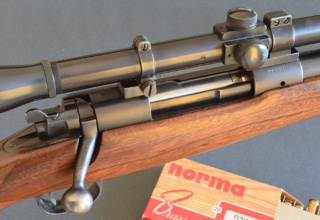Glassing, checking range or aiming, you can shoot only as well – and as fast – as you see!
by Wayne van Zwoll
Portugal is the world’s biggest exporter of cork. Porto, a city of about 215,000 on the country’s northwest coast, is the place of origin for Port wine. My recent visit to Porto’s industrial hem, though, had another focus. For 50 years, the famous camera and optical firm, Leica, has manufactured in Portugal, although its headquarters and several production cells remain in Germany’s optical center of Wetzlar.
“Many components fashioned in Wetzlar are now assembled here on the skirts of Porto,” said my host Joe Simoes, a mechanical engineer with roots in both the U.S. and Portugal. “Leica built this factory 10 years ago to expand operations here. All Leica sport optics — binoculars, rifle scopes, spotting scopes — are now built and tested in this facility. We make 30,000 different components here. Also, we take care of any repairs. Leica’s optical, mechanical, and thermal components are covered by generous warranties.”
What’s not produced in the Porto factory? Notably, digital products and aspheric lenses, the latter shaped and polished by special tooling in Wetzlar. And, of course, common fasteners — screws and glues.
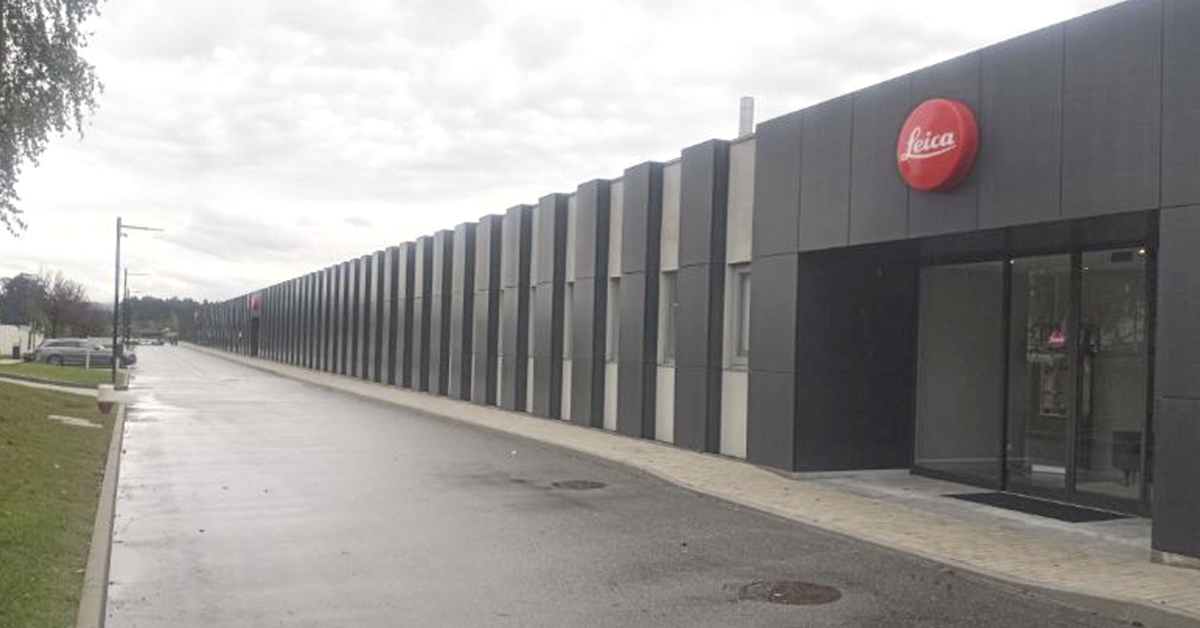
Leica’s campus is huge. Its main building alone, with many task-specific sections, totals 193,750 square feet! An array of solar panels is the country’s largest, and it generates half the power needed to run the factory. “Leica shares this industrial suburb with 2,000 other companies.” Joe said. “All benefit from Porto’s location at the mouth of the Douro river. Shipping to the U.S. is easy and economical.”
Labor costs also lured Leica here. They’re significantly less than in Germany. Of the 809 people employed by the company at Porto, roughly a fifth are university-educated, 57 percent women. Average age: 41. Leica workers stay loyal, too. At my visit, 322 had logged more than 20 years with the company, 150 at least 30 years. And 36 employees had passed the 40-year mark!
There’s plenty of sophisticated machinery to tap a range of skills. Ranks of three-, four- and five-axis CNC machines line spotless floors in vast rooms as well-lit as if each had its own sun. “We have 20 mills and 25 lathes set up to machine aluminum, magnesium, titanium, brass, and steel,” Joe said. Sporting optics make extensive use of magnesium in housings; it’s 30 percent lighter than aluminum.
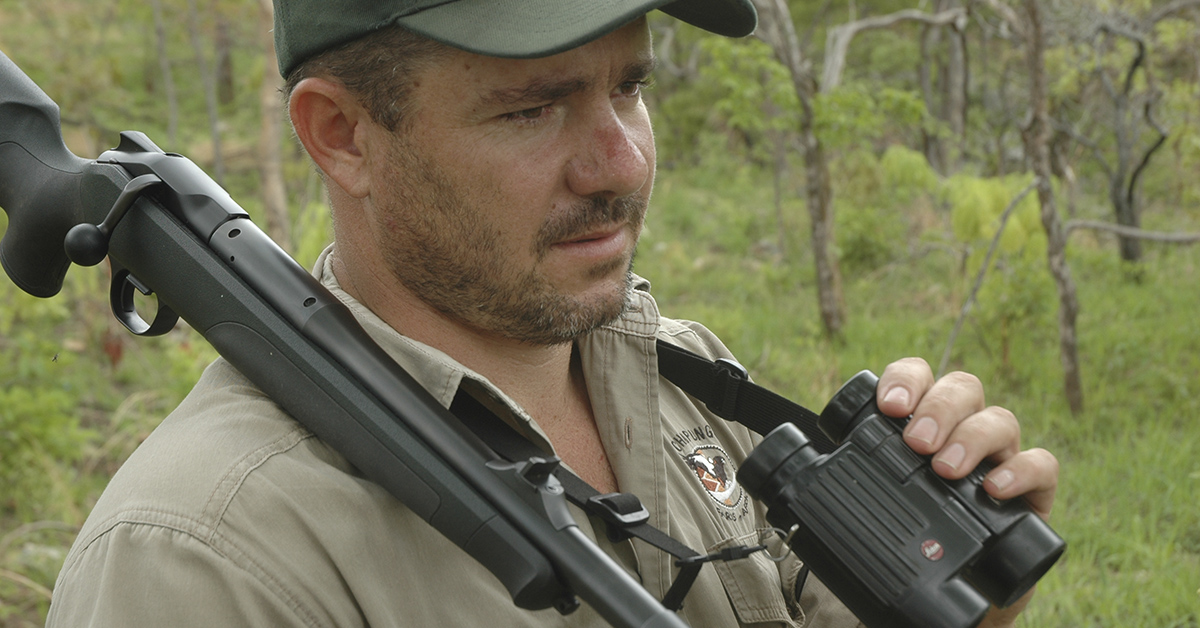
“Leica uses 280 types of glass in lenses 10mm to 90mm in diameter,” my host continued. “We hew to extremely tight tolerances — as close as 8 microns.” Lenses must be ground and polished to within one second of angle for perfect light transmission. “A little-known step is lens centering,” Joe said. “It follows polishing to ensure an exact match of optical and mechanical axes in the instrument.”
Portugal’s Leica facility had its best year yet in 2022-23. “Record sales weren’t due to its size or sophistication,” Joe reminded me. “Discriminating customers want what we make.”
Those products include Leica cameras, used by the world’s most talented photographers to bring mind-searing images to the likes of Life and National Geographic covers. Leica’s museum in its Wetzlar headquarters complex displays dozens of the best-known photos dating back nearly a century.
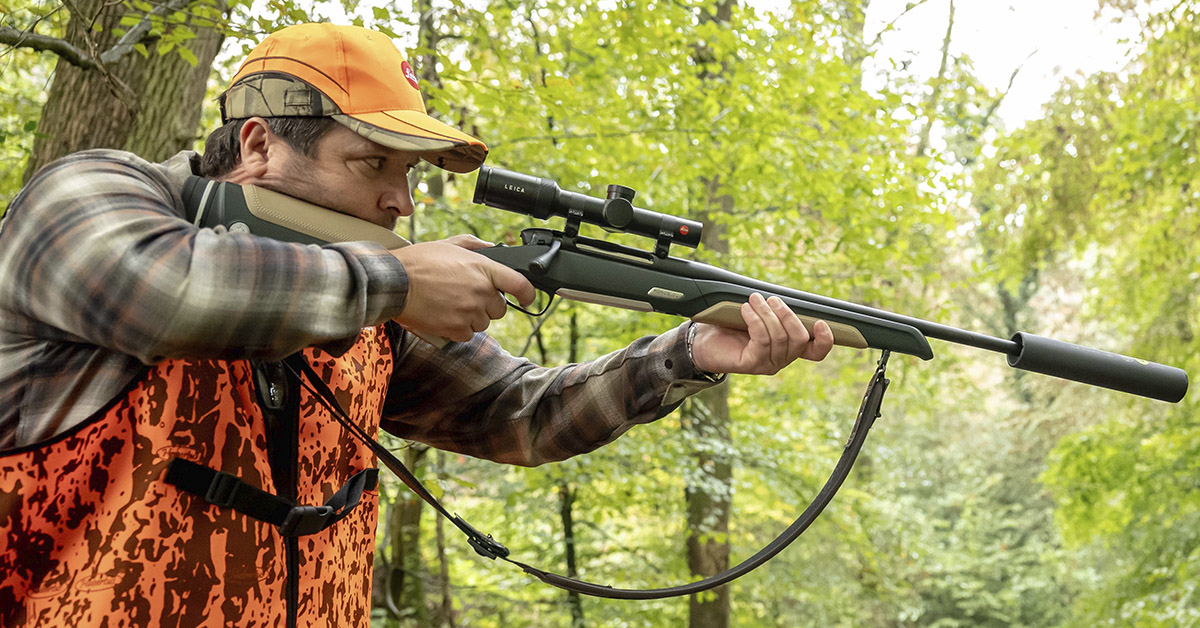
The Leica story predates its name. In 1851, eight years after Ernst Leitz was born, brilliant young Carl Kellner founded the Optical Institute in Wetzlar, to develop microscopes. In1864, nine years after Kellner’s early death at 29, Leitz began working at the Institute. A year later, at 22, he was a partner. In 1869, after the passing of Kellner’s successor, Leitz became its director. The Institute would eventually become Leica (LEItz CAmera), as it grew alongside the evolution of cameras. In 1871, English physician Richard Maddox invented the dry plate. Unlike earlier photo-sensitive plates, its silver-bromide-coated glass didn’t require development right after the photo was taken. Exposed plates could be stored. In 1881, American George Eastman came up with a $25 camera that held 100 frames. But it was still bulky, as in that day the film had to be as big as the finished photos!
Shortly before the Great War, Oskar Barnack, director of research at the Ernst Leitz microscope factory, began work on a small-format camera that could be held in one hand. After exploring possibilities with 35mm movie film, he developed a retractable lens and a focal-plane shutter with a 40mm opening. A winder advanced 40 frames singly. In 1914, this camera recorded troops preparing for conflict in Europe; A decade later, Ernst Leitz added Barnack’s camera to the company’s product line. By 1930, it had been refined to accept interchangeable lenses. This Leica I gave way to the Leica II, with a built-in rangefinder. The Leica III soon followed, with shutter speeds as low as one second.
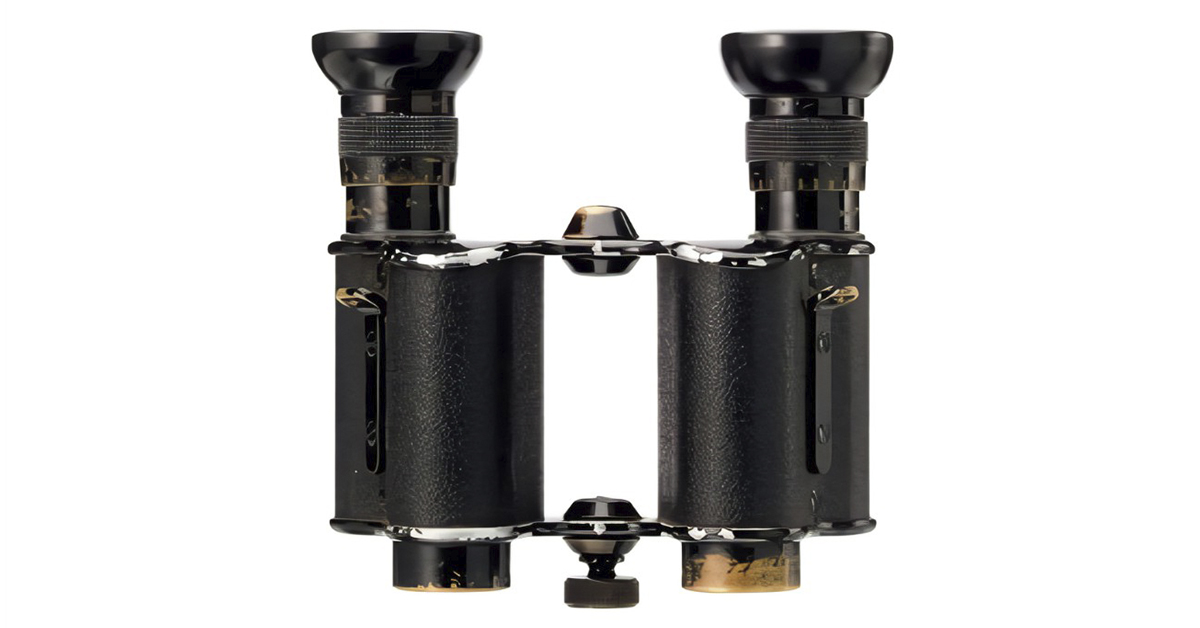
After WW II, Leica finished developing a bayonet mount for its lenses, which, by then, ranged in focal length from 28 to 600mm. The famous Leica M3 arrived in 1954. Seventy years and many product generations later, Leica still sets the standard for quality, utility, and sophistication in cameras worldwide.
Binoculars led the company’s venture into sporting optics. Ernst Leitz was an avid hunter, and in 1907 he advertised a Binocle 6×18. Its successors had bigger glass and better resolution. Lens coatings of the 1930s brightened images. The Amplivid in 1956, and the Trinovid two years later, boasted a roof-prism design shared by binocular series that followed. The Duovid, in 2001, gave hunters instant choice of two magnifications. Two versions appeared: an 8+12×42 and a 10+15×50. In 2003, the Ultravid upstaged the weather-resistant Trinovid, with an additional mirror coating for sharper images and a body waterproof to five meters. The open-bridge Noctovid, Leica’s current flagship, came in 2016 with a slightly flatter field.
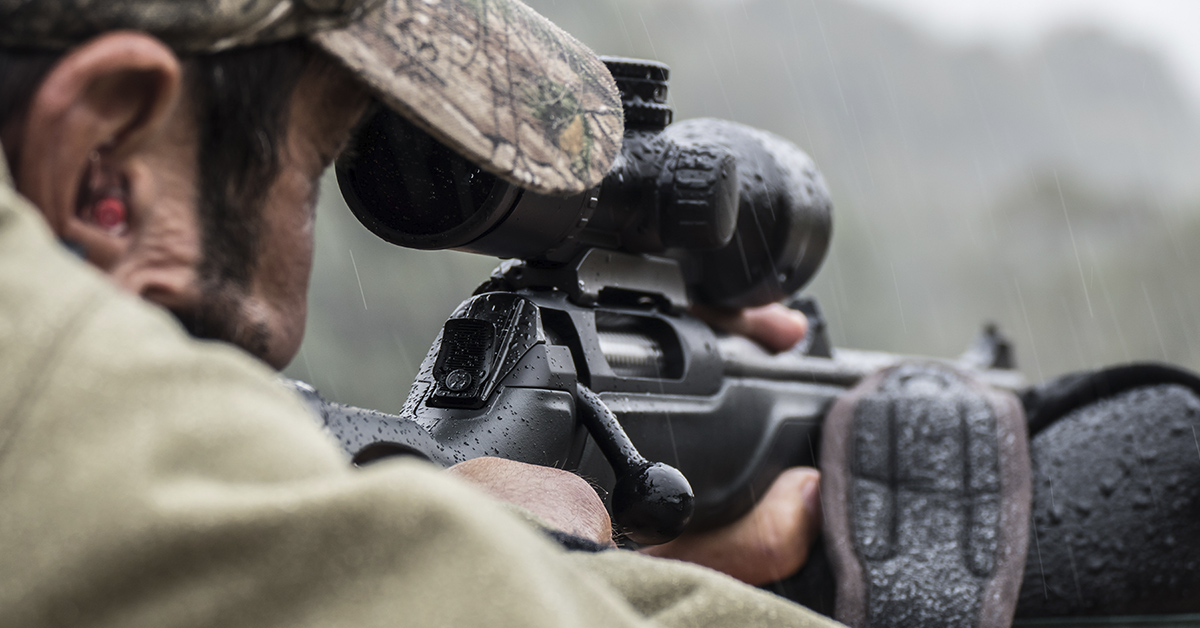
When writing my Gun Digest Book of Sporting Optics (2002), I couldn’t imagine a binocular that delivered sharper, brighter images than did Leica’s Trinovid. I likened it to a new pair of eyes. Its progeny bring the same impression!
The most remarkable Leica binocular to my mind is the Geovid. It appeared in 1992, unarguably bulky, heavy, and, at $6,000, too costly for most hunters. But it offered what no binocular had before. The 7×42 Geovid had an electronic compass and a laser rangefinder useful to 1,500 yards.
Pocket laser rangefinders had been around for a while before Leica squeezed one into a binocular. The advantages were obvious. Glassing game, you read the range in a wink. No need for three hands. No time lost fumbling one object after another to get the shot.
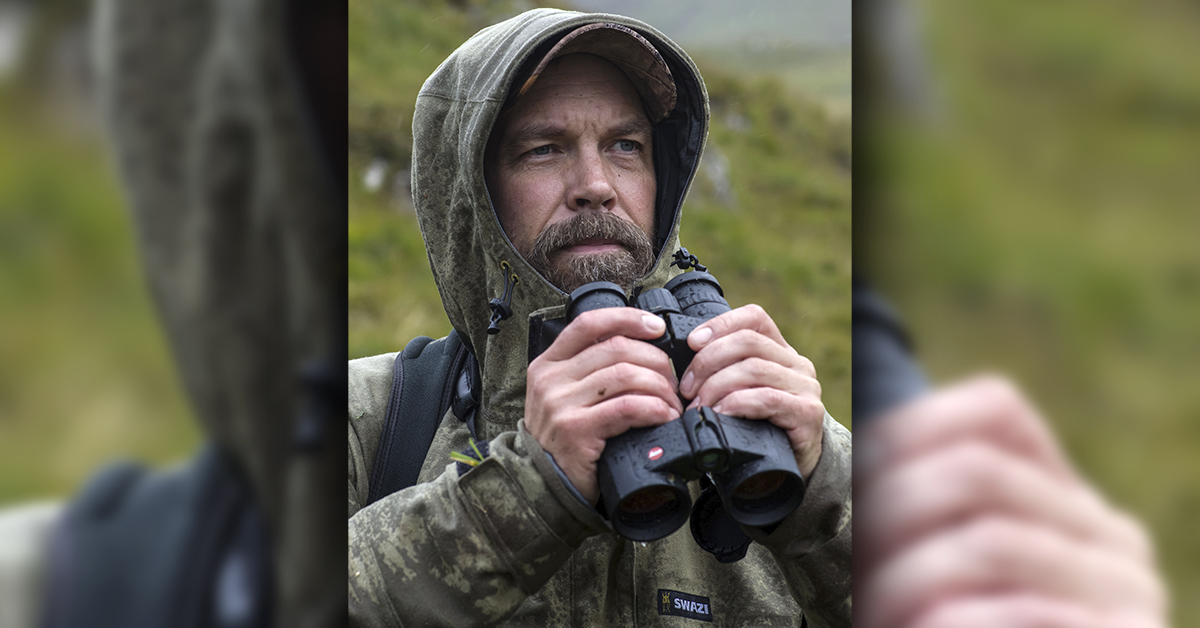
The ideal binocular, I fantasized while guiding elk hunters in the 1990s, would feature the Geovid laser but in a housing as trim and lightweight as a Trinovid’s. Not long thereafter, Leica announced just such a glass! Then, in 2013, the Geovid HD-B got more reach, with .2-second accuracy to 1,800 yards. Both the 8×42 and 10×42 had Leica’s Advanced Ballistic Compensation system. Programmed to match one of 12 common bullet arcs (or your load data on the provided 2-MB microSD card), the ABC brain computes vertical angle and atmospheric conditions to show proper aim, or the elevation dial setting to offset bullet drop. The HD-B’s magnesium body keeps weight to under 34 ounces. Price: half that of the first Geovid!
You might mistake the Geovid HD-B for a roof-prism binocular. But it’s actually of Perger Porro prism design. The barrels lack the dogleg profile of most Porro prism glasses; they’re not straight. The gentle sweep is comfortable in hand. An LED reticle in the Geovid’s field lights up when you press the range button. A second press delivers the range. Hold the button for two and a half seconds to enter scan mode to get serial reads on moving targets. The display adjusts automatically for brightness.
The Geovid HD-B has click-stop eye-piece extensions and 4-diopter focus adjustment. Lenses are phase-corrected; Leica’s AquaDura coating sheds water from exterior glass. Proofed at temps down to -13 degrees F (-25 C), this binocular is waterproof, too. Its 3-volt Lithium CR2 battery is good for as many as 2,000 range reads. Leica even provides tweezers to remove the microSD card, stored with the battery.
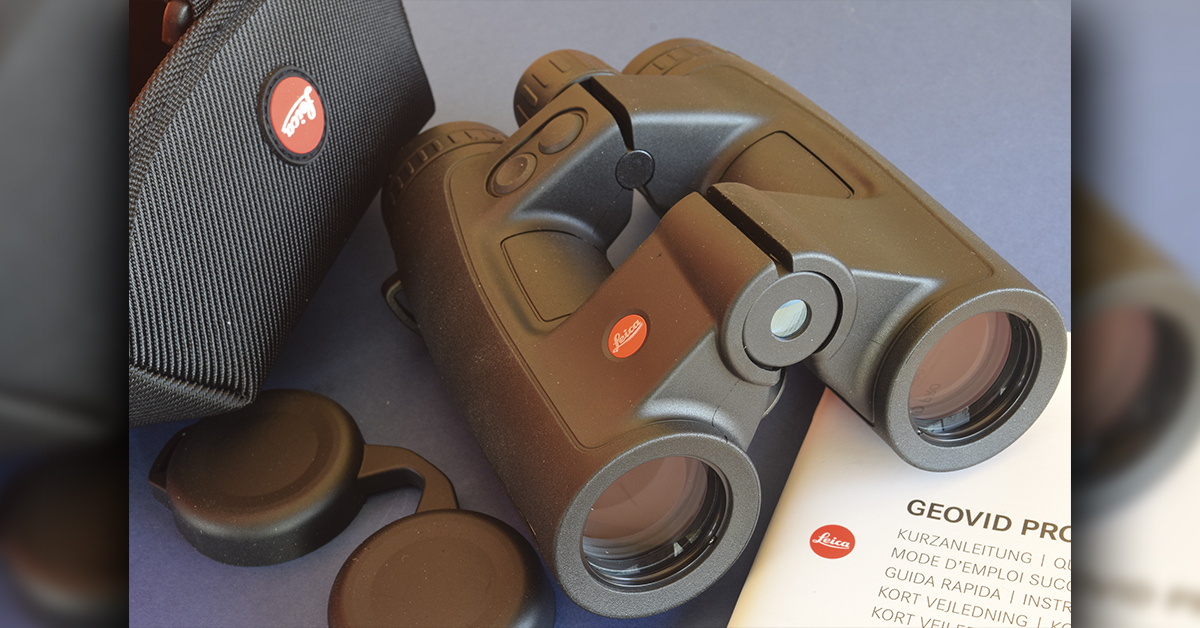
Of course, the Geovid has inspired competition. Swarovski’s EL Range and the Zeiss Victory RF chase it at market. But in 2022, Leica surged ahead with the Geovid Pro, essentially a refined Geovid HD-B. I’m sweet on this binocular because it comes in 30 ½-ounce 8×32 and 10×32 versions. Reduced bulk matters as much to me as its lighter weight. I can steady this open-bridge glass with one hand and tuck it easily into my jacket during a shower, or keep it secured on a crawl. The 8×32’s 4mm exit pupil is big enough in all but the dimmest shooting light.
Leica’s Geovid Pro is also Bluetooth-compatible. A dished menu button next to the convex range button gives you access to the Leica Ballistics App, easily installed. Its digital chops notwithstanding, I’m wowed by the Geovid Pro’s fine optics, precise ranging and handy size. The 8×32 Geovid Pro is no bigger and little heavier than a standard binocular. Price? You can view the MSRP of $2,999 as high. It is. So is $4.50 gasoline, an inconceivable number when I took to highways on 22-cent petrol. Times change. But unlike gasoline, which is no better than it was then, Geovid’s Pro offers much more than did binos of my youth. It’s also an investment — something that could earn its keep with better hunting over decades.
With outfitted hunts, even for big elk and mule deer, fetching five figures, what’s the value of a binocular that shows you more game, then helps you make what might be your only shot?
Riflescopes Too!
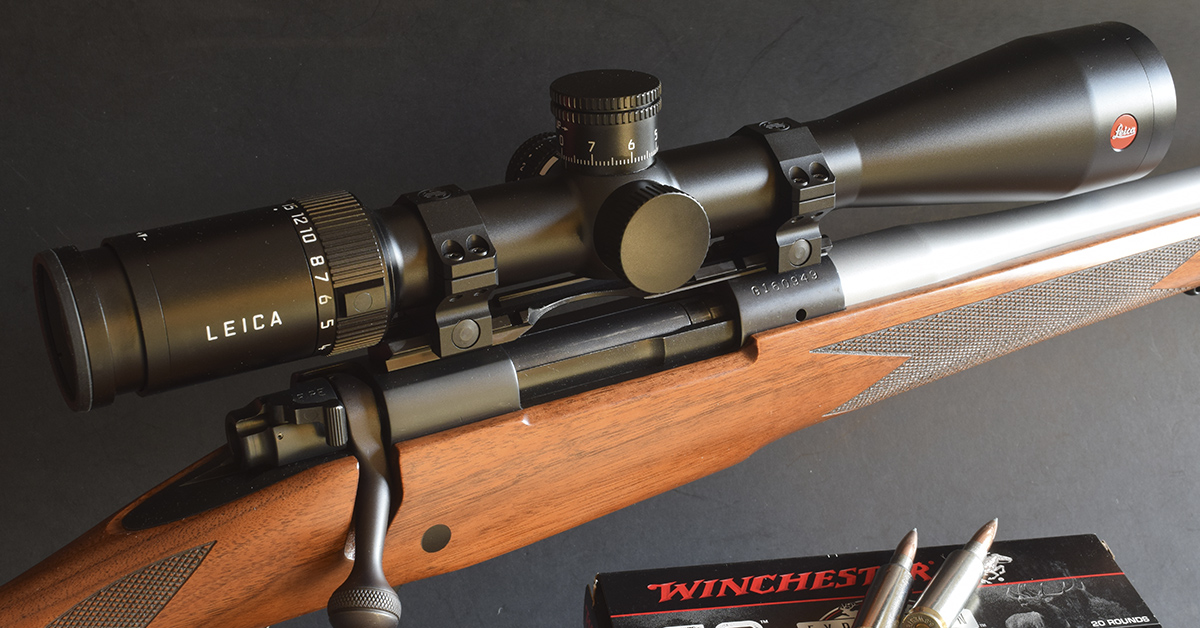
In and out of riflescopes since the 1950s, Leica is now all in! Its Amplus 6 variables feature six-times power ranges, 30mm tubes, second-plane illuminated reticles, and repeatable W/E adjustments. Choose the 1-6x24i, 2.5-15x50i, or 3-18x44i. There’s also an ER 6.5-26×56 LRS. The 2.5-15×50 Amplus 6 on my Krieger-barreled Winchester 70 in 6.8 Western has movie-star looks, as well as the superior optics and mechanics Leica is known for. From $1,300 at retail, the Amplus series seems to me reasonably priced. At discount, these scopes are very competitive with other top-quality scopes from German and Austrian firms, and those wearing gold rings stateside.
Wine with Your Optic?
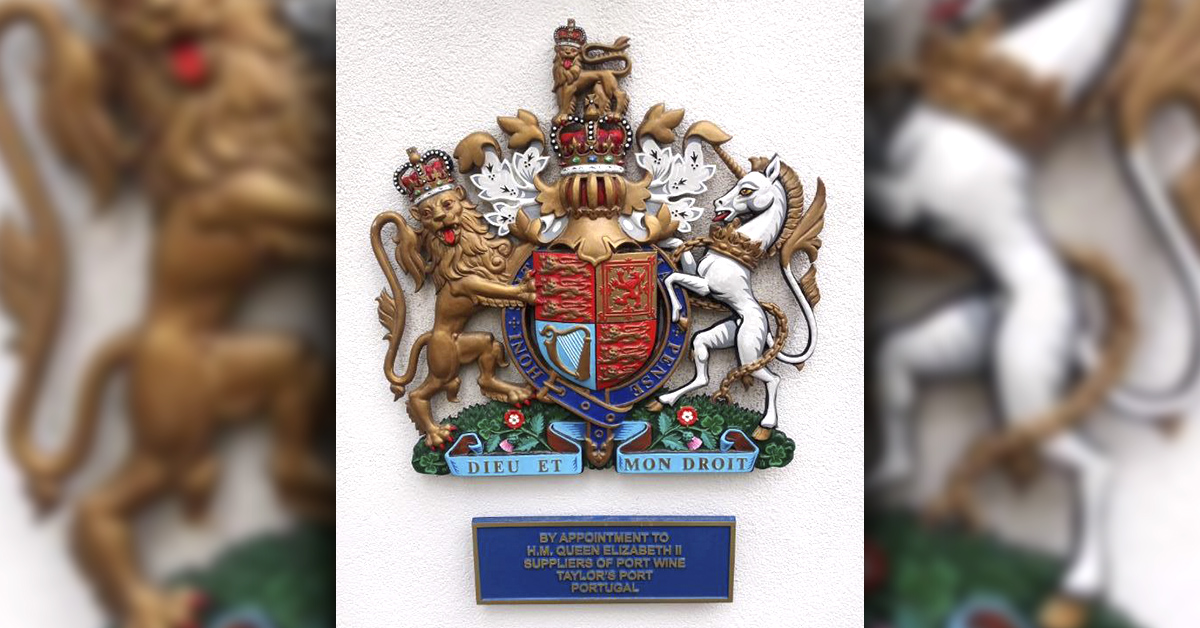
While Porto, Portugal is only one of many places that ship sporting optics, it’s the sole source of Port. This wine came about centuries ago, during one of many spats between England and France. Loath to buy French wine, the Brits tapped the Portuguese. Vineyards on the Douro River above Porto had the soils and climate to produce superior red. To ensure it retained its qualities during what could be a long, tempestuous journey, it was “fortified” with distilled grape juice. This injection stopped fermentation at a propitious time, yielding a sweet, heavy wine of relatively high alcohol content (to 20 percent). Port has been made from more than 100 varietals, though five have become favorites. Grapes get a traditional foot-stomping, as machines tend to crush seeds, releasing too many tannins. Port-like wines from elsewhere are commonly called “tawnies.” As real Champagne comes only from that region in France, genuine Port is proudly exclusive to Porto!



